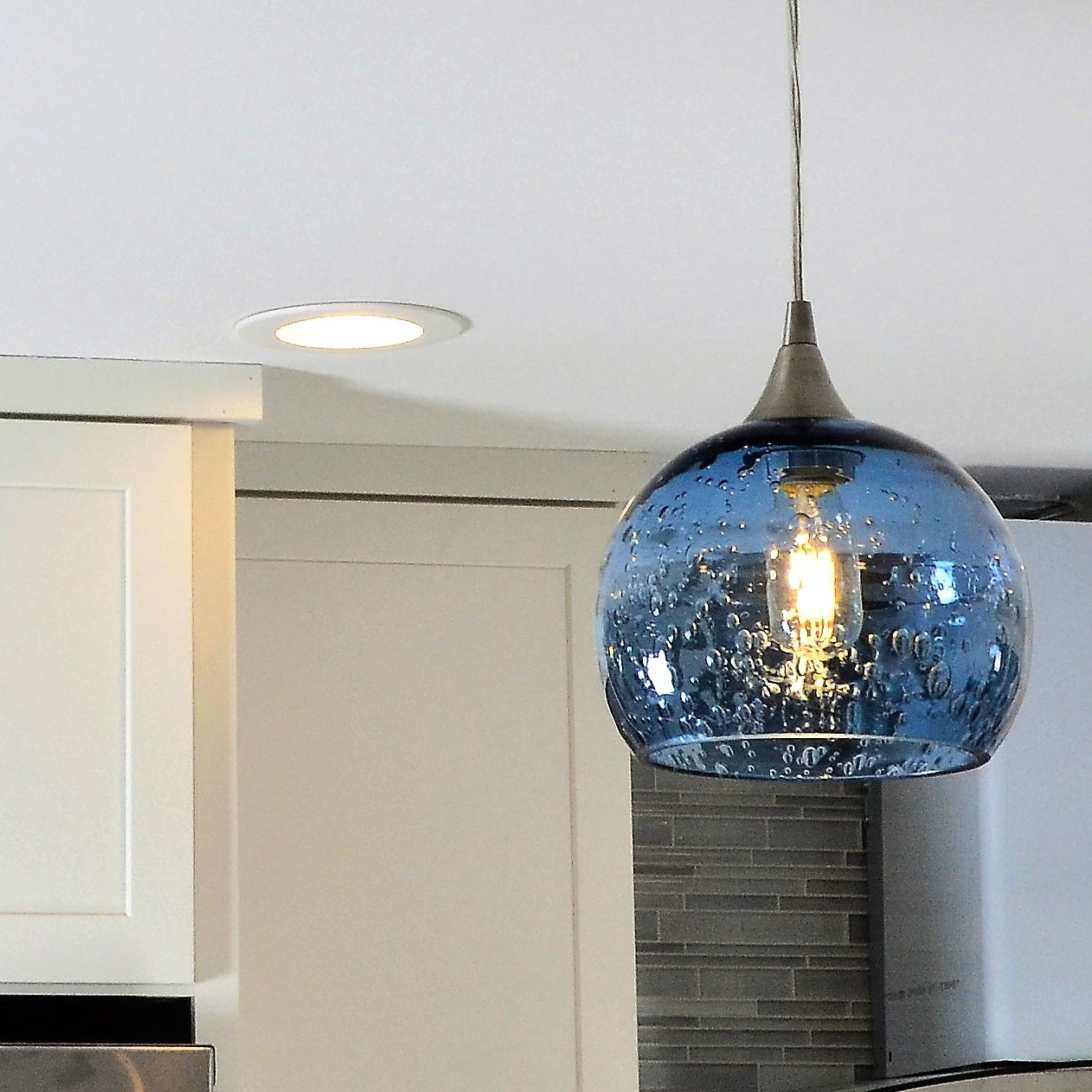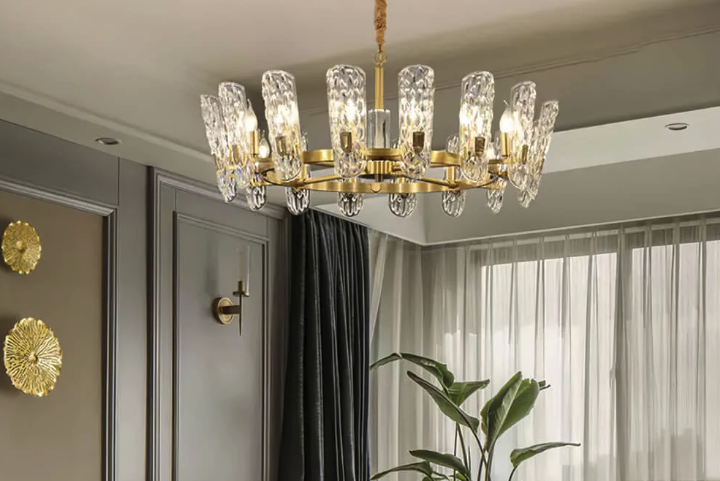Lighting has the power to shift moods, create drama and increase energy in a room. It also plays an important role in defining the overall look of a space and it’s no secret that light fixtures are one of the biggest focal points in any home. As such, it is important to be aware of the rules for pendant lighting so that you can select and hang a fixture that will serve its function and look amazing. From sizing to spacing and height, this article will cover some of the basic rules for Hozo pendant lighting that you should always keep in mind.
Rule 1: Bigger is Better
When choosing a pendant light, it is always best to go bigger than you think. This allows for ample light coverage of a table or bar and it will help to ensure that the fixture is not overpowering. The general rule is to choose a light that is one-half to three-quarters the width of the table. If you are going with a cluster of pendant lights over a longer kitchen island or bar, it is often a good idea to break the “Rule of Three” and place the fixtures closer together to allow for proper illumination.
It is recommended that pendant light fixtures be hung about 30 inches above the kitchen countertop. This will give the fixture enough height so that people working in the kitchen won’t have to worry about bonking their heads on the fixture. However, if your clients have very high ceilings, it may be necessary to move the fixture slightly higher than this guideline. Just make sure that the maximum height, which is measured from the top of the fixture to the bottom of the chain and pole, does not exceed the ceiling height by more than 12 inches.
Rule 2: Pendants Should Be Grouped in Odd Numbers
When installing a pendant light over a kitchen table or dinette set, it is recommended that the fixture be hung about 28 to 32 inches above the dining surface. This will provide plenty of task lighting for eating, working and prepping on the kitchen counter and it will help to prevent shadows cast by overhead light fixtures. However, if your client prefers that the light be hung lower or higher, this can certainly be accommodated.
Rule 3: Pendants Should Have Similar Design Elements
Typically, it is best to avoid mixing styles when selecting pendant lighting for your home. This helps to ensure that the overall look of the home stays cohesive and that all elements are able to compliment each other rather than looking overly coordinated or contrived. However, there are some exceptions to this rule, especially if you are working with pendants that have a very distinctive design or are going for a very eclectic or oversized look.
When in doubt, speak with your design experts and be sure to test your ideas out in the showroom before you finalize your selections. With the help of these guidelines, you are sure to select a gorgeous and functional pendant light for your home!




